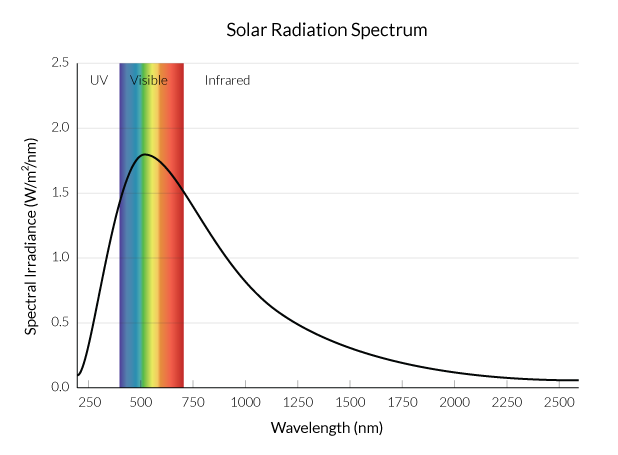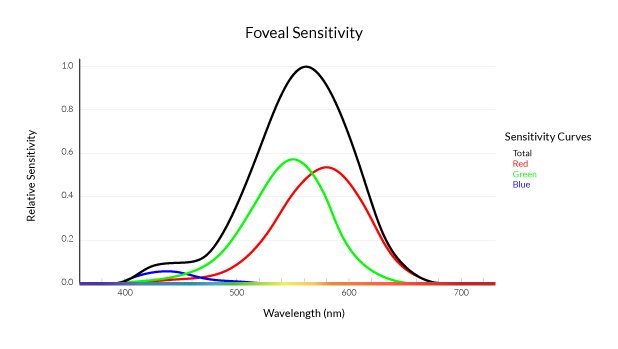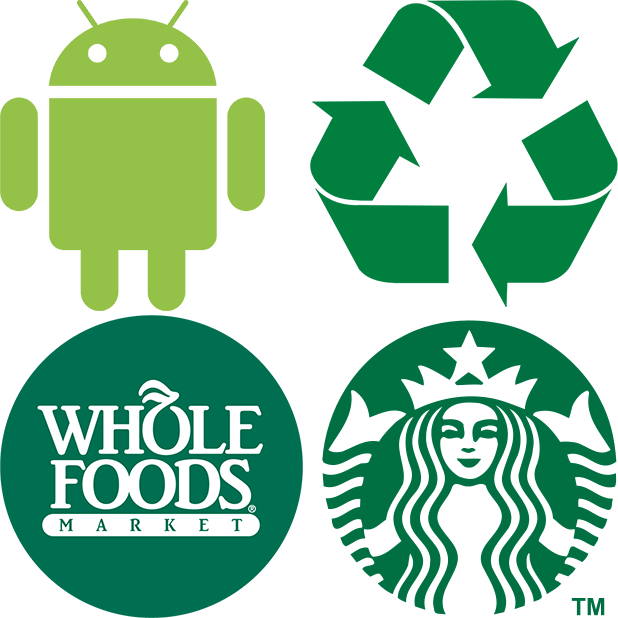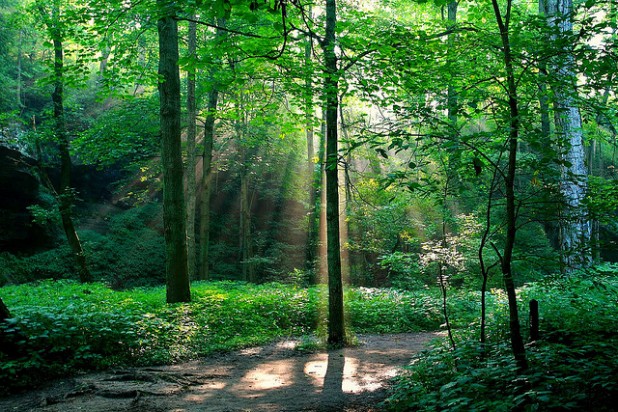How we perceive colors plays a big role in how we view the world around us. Each color has unique characteristics that determine how this color is used in everything designed and created by humans. If you think even for a second that the choice of color in the world’s leading brand names, logos or products was random, you’d be wrong. How our brain perceives color is in large part determined by our biological makeup and that of the world around us – and that, in turn, plays a direct role in the seemingly mundane color choices designers and marketers make every day. Not long ago, we took a look at yellow and what makes it so special in the world of design and visual communication. Let’s take a look at another color, green.
Green is special. It dominates much of our natural environment and can be both extremely bright and extremely dark, all while appearing fully saturated. It’s the color of nature; a color we associate with health, energy, sustainability, wealth. Not surprisingly, brands that want to be associated with those things choose green as the dominant color in their logos and other visual content:
Why Green?




To understand why green can be such a prominent color, we should first look at the environment in which we evolved. Green is a huge portion of the electromagnetic radiation that the Sun emits. The spectral irradiance of the Sun actually peaks right in the band of wavelengths that corresponds to what we call green. Our planet is covered in plants that get their food through photosynthesis, and photosynthesis takes advantage of chlorophyl, a chemical that just happens to reflect green light. When you combine a very green sun with surroundings that mostly reflect green, you end up with a world bathed in green light. This means our eyes evolved to be very sensitive to green light. If you look at the response curves of our foveae, you can see that our green cones are more sensitive (especially in the green wavelengths) than either our red or blue cones: You can also see this reflected in the CIE color space. There is a huge portion of the space devoted to what we typically categorize as green: This means that we see a really wide range of greens, and they can all appear highly saturated. It also means that green (especially pure green) can appear as a really bright color. So bright that if you convert a three channel RGB image to grayscale, the multipliers on each channel (21% red + 72% green + 7% blue) mean that green can contribute almost three quarters of the brightness in the image.
What Green Represents in Our Culture



With green so important to our vision, it has also become very important in our culture. Since plants are typically green, it represents nature, sustainability, freshness, and environmental friendliness. As a result, many companies and organizations that support related causes have chosen green as the dominant color in their logos and other visuals: Green can also indicate safety or health. Traffic lights use green to indicate it should be safe to proceed. Pharmacy signs are often green in parts of the world. Exit signs are commonly green: Green can also be associated with money. Paper currency in the US is green and dollar signs frequently appear in green. Psychologically, green can have a calming effect that promotes contemplation: So companies, naturally, use these associations to align their brand with their mission, while others use it to try to project an image — and convince a sceptic audience of its purity — that they would like associated with their brand: When used wisely, green can be a powerful color for building brand associations, highlighting elements in visual content, or visually communicating a concept or idea. And sometimes, having fun with the color – and its superpowers and rich history – can help promote your brand as well:










